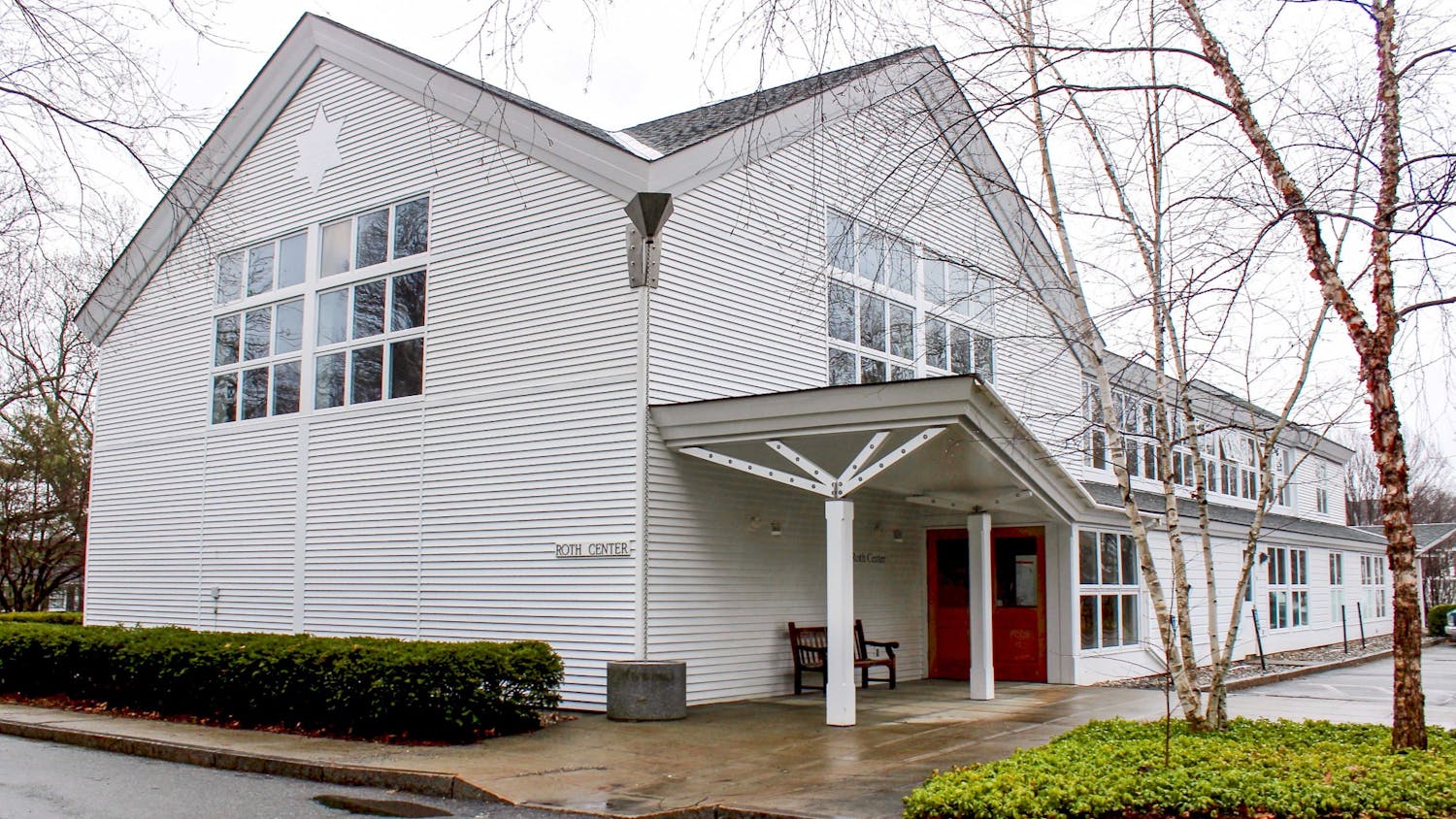Three Thayer School of Engineering members, professors Zoe Courville Th’08 and Christopher Polashenski ’07 Th’11 and engineering postdoctoral student Nicholas Wright have been collecting data for SnowEx, a NASA project that is undertaking the preliminary stages of developing a satellite that measures the depth and water content of snow.
According to Courville, current remote snow measurement technology is able to measure the two-dimensional extent of a snowpack but not its depth. The purpose of the SnowEx project is to find a means of measuring that depth, which will allow for the measurement of water content, Courville said.
Knowledge of water content can be vastly important for planning purposes, indicating a potential flood or drought, for example, Courville indicated. She noted that the technology will especially be important in areas of the world where snow is the major source of water.
A similar project aimed at developing understanding and measurement capabilities of snow called the Cold Land Processes Field Experiment was undertaken from 2001 to 2004 by NASA. Many researchers involved in CLPX are now participating in SnowEx, Courville said.
Courville added that NASA decided to revisit this experiment now since there have been recent developments in this type of technology. Following those developments, NASA reached out to scientists around the world, including the three Thayer engineers involved. Polashenski explained that SnowEx convened researchers with similar interests.
“What really made the SnowEx project come together is that all sorts of scientists are doing their own research that requires better measurements of snow depth,” Polashenski said.
Geography and earth sciences professor Jonathan Chipman said that NASA’s method of developing satellites begins with a long program of data collection and experimentation on the ground and from aircrafts before an actual satellite is launched.
SnowEx is a five-year project, and by the end of the project’s duration the hope is to have an idea of what technology would be used on an actual launchable satellite.
According to Polashenski, the next steps will be designing the satellite itself and getting a launch date. He predicted that the earliest a satellite would be completed and launched is in 10 to 12 years.
Chipman said that the major obstacle to satellite designs such as this one is the difficulty of obtaining measurements under tree cover, so one of SnowEx’s primary focuses is overcoming this problem. Chipman said that once the tree cover issue has been addressed, NASA will begin to focus more seriously on building the satellite itself.
SnowEx is currently experimenting with 10 to 12 different technologies that measure snow remotely, with the plan that two or three of these methods will be used in the final satellite design, Polashenski said.
“They are looking at a really surprisingly wide range of different approaches, and I think that tells you how challenging this is,” Chipman said.
One method that is being tested is using microwaves of different frequencies to measure the snow, rather than optical wavelengths, which are used by existing satellites to take a snapshot of snow cover. Since microwaves can penetrate the snow at different depths, combining various frequencies can give scientists an idea of how deep the snow is, Courville explained.
“It is really pushing the limits of what we know … in terms of how microwaves interact with snow, which is not all that well understood,” she said.
Another technology that is being tested, called LiDAR, shoots a pulse of light at the ground and measures how long it takes to return. When this method is conducted on a section of snow and then on the same spot once the snow has melted, the two measurements can be subtracted to calculate the depth, Polashenski explained.
The main site for the project is in Grand Mesa, Colorado, where Courville and others have been working to study the snow on the ground and compare their findings with the measurements made from above. Courville said these observations include making measurements along transects of snow using a pole, as well as digging snow pits and measuring density and grain sizes of the snow.
The site was chosen because of the large amount of snow in the area, the variety of landscapes and the importance of snow as a water resource for the people there, Polashenski said.
Polashenski’s own work focuses on the effects of changing snow depth on sea ice in the Arctic. The findings of the SnowEx undertaking will thus be vital for his research, he said.
NASA has enlisted the help of over 200 scientists for this undertaking. Courville noted that the project has allowed her to interact and collaborate with scientists from all over the world.
“I read all of their published papers, so to get to meet them in person and to work with them on a field project like this was really exciting,” she said.
Chipman agreed that the scope of the project makes its success promising.
“The way they are going about this is exactly right: building this very, very large cooperative team and building this project from the ground upward,” he said.



